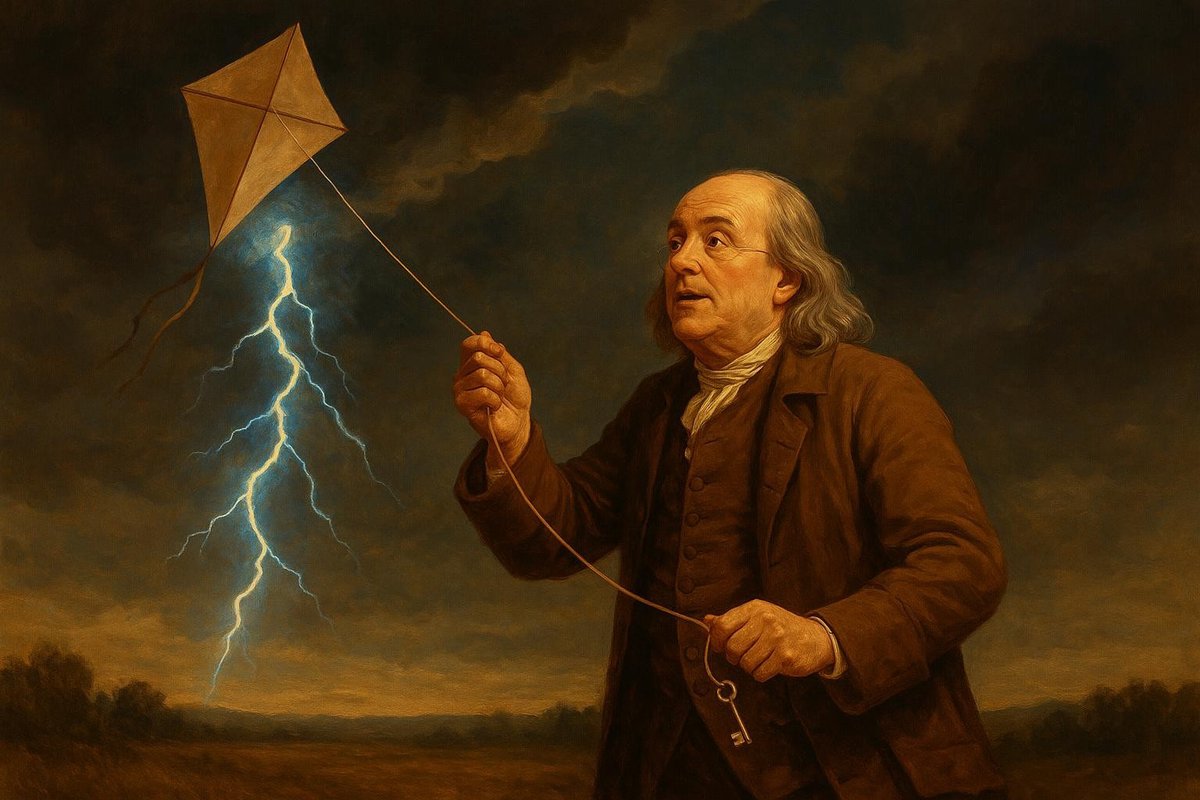
Electricity is all around us, powering our homes, gadgets, and, importantly, our understanding of the modern world. But how did humans first discover this invisible force? In this journey, we will explore how the discovery of electricity came to be, why it is so vital, and how you can easily grasp its concepts. Using simple analogies and real-world examples, we aim to make the complex history of electricity as clear and engaging as possible.
The Sparks of Curiosity: Early Observations
Imagine a time when lightning was the only known form of electricity. Our journey begins with early scientists who started asking the big questions.
- Ancient Greeks, around 600 BC, noticed that rubbing amber could attract lightweight objects, a phenomenon they called ‘elektron.’
- Fast forward to the 1600s, when William Gilbert coined ‘electricus’ to describe this force.
Interestingly, these observations were like the first sparks of understanding. Just as the Greeks noticed amber attracting straw, early scientists began piecing together the puzzle. This curiosity laid the groundwork for future discoveries. By examining natural phenomena, they sowed the seeds for what electricity could become.
Benjamin Franklin: The Kite Experiment
No discussion of electricity’s history is complete without Benjamin Franklin. His famous kite experiment is often at the heart of this story.
- In 1752, Franklin flew a kite during a thunderstorm, proving lightning was a form of electrical discharge.
- This experiment helped establish the link between lightning and electricity, leading to the invention of the lightning rod.
Of course, flying a kite in a storm sounds risky, but it was Franklin’s bold curiosity that led to significant breakthroughs. His experiment was a giant leap in understanding that electricity was not just a curious trick but a powerful natural force that could be harnessed for practical uses.
From Curiosity to Practicality: Harnessing Electricity
As time goes on, the understanding of electricity moved from theoretical experiments to practical applications, transforming lives.
- In the 19th century, figures like Michael Faraday and Nikola Tesla made significant strides in making electricity usable for all.
- The invention of the electric light bulb by Thomas Edison illuminated homes and streets worldwide.
Many people believe this era marked the dawn of modern electricity usage. By understanding electrical currents and developing technologies, inventors turned theoretical knowledge into life-changing utilities. The story of electricity is an inspiring example of how curiosity and innovation can bring profound change.
The Ongoing Journey: Electricity Today
Today, electricity is as vital as the air we breathe. Its discovery continues to impact technology, medicine, and our daily lives.
- Electricity powers everything from smartphones to life-saving medical equipment.
- Renewable energy sources, such as solar and wind, demonstrate our ongoing quest to harness electricity sustainably.
Understanding electricity’s past helps us appreciate its role in modern life. This invisible force connects us globally, illuminating possibilities for the future. As students and lifelong learners, your curiosity can drive the next wave of innovation, much like the pioneers of the past.
To conclude, the discovery of electricity is a testament to human curiosity and intellect. It started with simple observations and grew into a field that powers our world. Remember, every big idea begins with a spark of curiosity, and who knows, maybe you’ll be the next person to make an electrifying discovery!
Fuel Someone Else’s Curiosity
If this article sparked your interest, why not share it with a friend or a fellow learner? By spreading knowledge, you can ignite someone else’s curiosity and inspire them to explore the wonders of electricity and beyond. Let’s create a community where learning and discovery never stop!

Leave a Reply